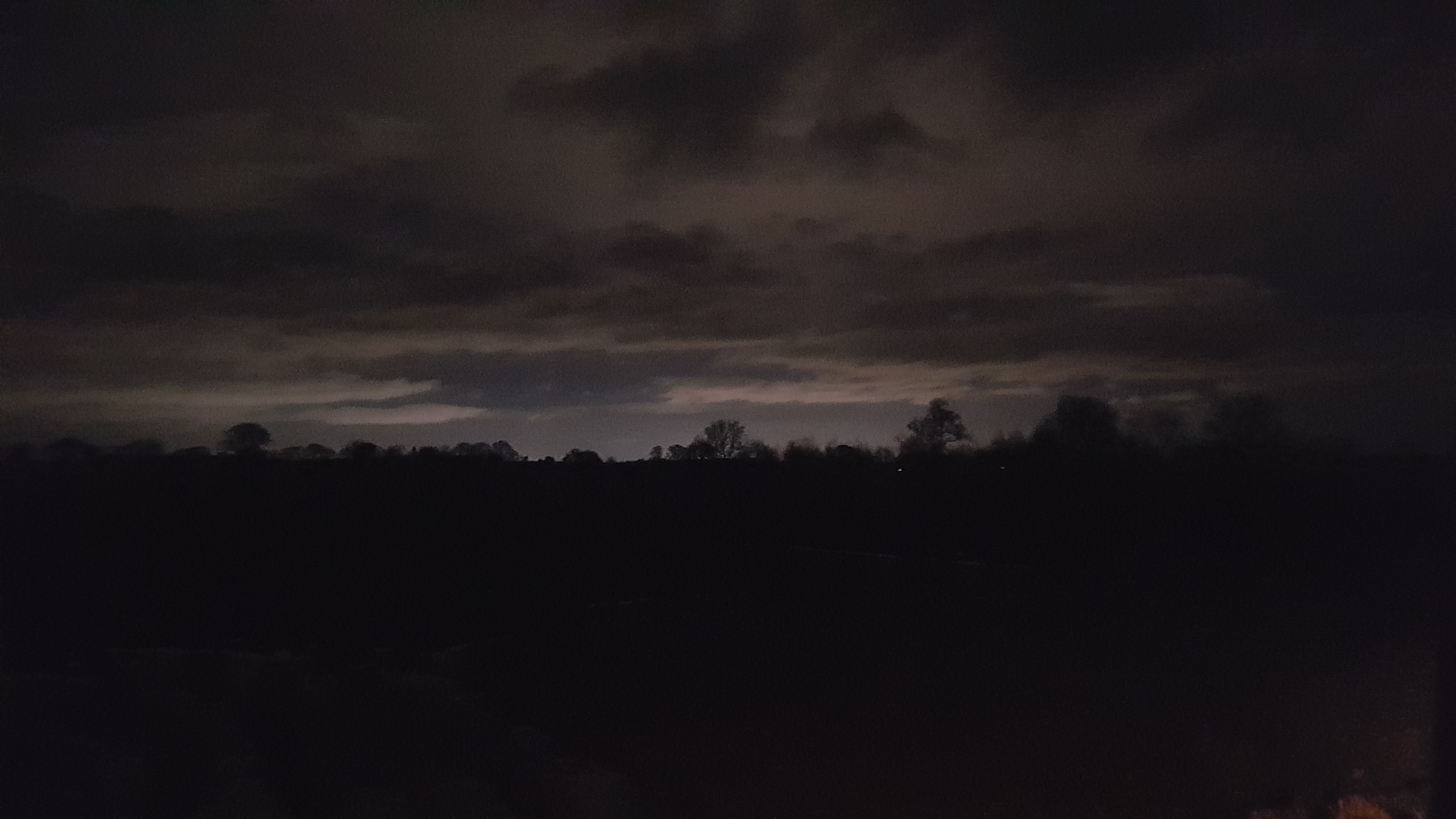
After the recent NLOS discussions i have been testing my equipment out and finally got out today to do a NLOS test.
Tx was Phlatlight pt-54 with original lenses (they give roughly 25deg beam) into a third lens to give ~11deg beamwidth. LED was running at about 2A, signalling was a 1700Hz tone plus JT65C on odd minutes.
This was aimed so that the bottom of the illumination area was just in line with the horizon, so vertical coverage was 1-12deg.
Rx was 25x25cm Fresnel lens and KA7AOI circuit with single BPW34, the first optical receiver head i built up back in 2009 maybe.
Two sites were used at the /p location, Tx was at home:
Potto (7.9km): NLOS and trees on horizon
Swainby (10.5km): LOS but TX not visible, obstructed by trees at ground level.
I first went to the LOS site and found my signal within a minute or two, quite amazing as i was just roughly pointing towards home.
I think i could detect the direct signal on the horizon although i could not see it in the finder scope but 4-5deg of elevation gave best signals, peak was -6dB JT65C with light patches of cloud. Signals were still there at -10dB JT65 with no clouds present.
To confirm i was just not hearing my home LOS signal i stopped at another spot on the way back which was NLOS and also had trees obstructing the horizon, Signals peaked at around 6-7deg elevation this time and the best decode i got was -4dB JT65, a little more cloud this time.
It's my first time trying the scattering methods and it certainly does work!
One thing i must do next time is turn off my phone, causes all sorts of noises on the optical receiver even in flight mode, a lot of that you can see in the spectrum.
I have 20dB of margin for the next tests...
The sky was quite bright due to the illumination from Teesside, i don't think that helps much!
Some photos...
An audio recording from the First Location






